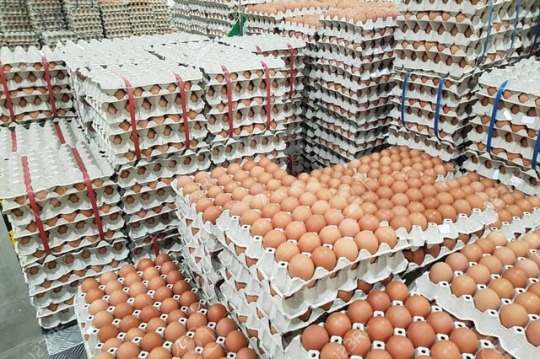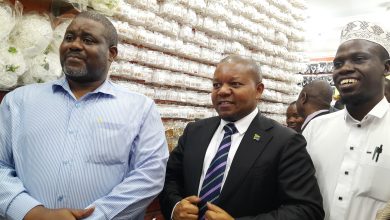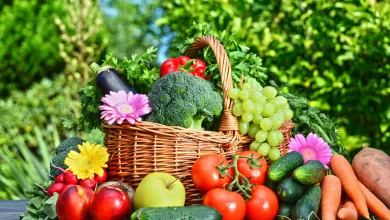Egg prices stable despite rising farm costs

DAR ES SALAAM: EGG prices have relatively remained stable across many regions over the past two months as increased supply offsets higher production costs amid subdued consumer demand.
According to ‘Daily News’ spot survey, the steady egg prices reflect a balancing act between farmers’ higher input costs—such as feed— and a surge in production following favourable weather conditions and improved flock management.
At the same time, the market has reached a temporary equilibrium, with higher output cushioning the impact of rising production costs, keeping farm-gate prices steady at between 5,400/- and 6,500/- per tray, while retail prices range from 7,500/- to 12,000/- for commercial eggs.
A Dar es Salaam poultry keeper, Athumani Yusuf, said yesterday that while egg prices have remained relatively stable, the main concern for farmers is rising feed costs, which could eventually push up selling prices—though this has not yet occurred.
“Productivity is high, but so are keeping costs. Competition amid oversupply prevents us from raising prices,” he said.
Dar has the lowest retail prices, ranging between 7,500/- and 9,000/- per tray, while in Mbeya, Morogoro, Kilimanjaro and Mwanza, commercial eggs sell for around 12,000/- per tray.
Though prices have remained steady over the last two months, they are lower compared to the same period last year, when they ranged between 9,000/- and 15,000/-.
ALSO READ: Exports boost external position recovery momentum
Emmanuel Ngaiza, a poultry farmer in Morogoro, confirmed the surge in supply from layer chickens, noting that more people are adopting modern poultry farming due to its faster turnover and lower production costs compared to indigenous eggs.
“Egg production has increased because more people are joining the poultry business. However, feed prices have risen, making it harder to earn good profits,” Mr Ngaiza said.
Another poultry keeper in Mbeya, Emma Mchau, said the price of poultry feed has risen slightly over the last two years. For instance, a 50-kilogramme bag of starter crumble increased from 87,000/- to 89,000/-, grower pullets from 84,000/- to 86,000/-, finisher pellets from 80,000/- to 84,000/-.
“We cannot proportionally raise the price of eggs, which results in reduced profit margins,” Ms Mchau said.
A Kilimanjaro farmer, Magdalena Piuza, said that stable prices have given consumers more options to choose eggs based on affordability and preference.
“Consumers have options depending on what they can afford and the type of egg they prefer,” she said noting indigenous eggs, however, remain pricier—selling for between 15,000/- and 18,000/- per tray—compared to layer eggs that go for below 12,000/-.
A Dar consumer, Zulfa Mohammed, said most consumers are buying eggs based on affordability, but quality and taste remain important considerations. We choose eggs based on what we can afford, but we also consider quality and taste, regardless of price,” she said.
In March this year, data from the Ministry of Livestock and Fisheries showed that 96 per cent of livestock farmers in the country keep indigenous chickens, usually in small flocks of up to 20 birds.
These flocks supply less than 20 per cent of the country’s poultry meat and egg demand. Egg production remains below 2.5 billion annually, with the per capita consumption averaging about one egg per person per week.





